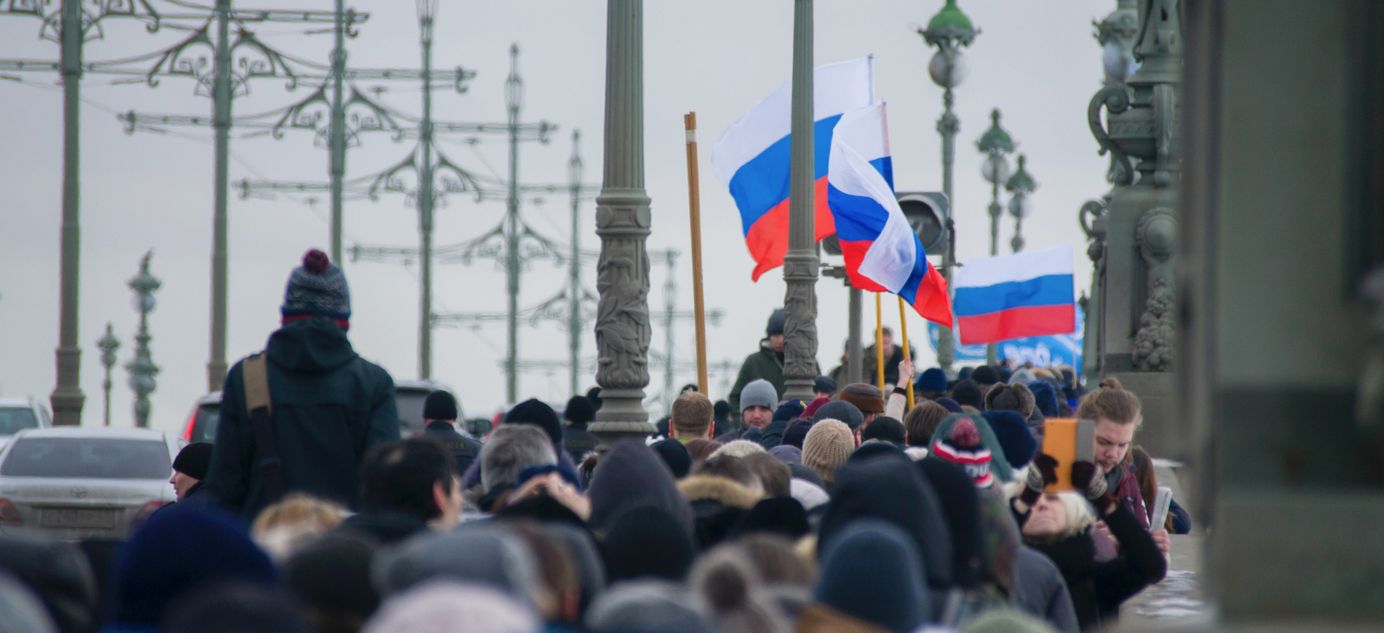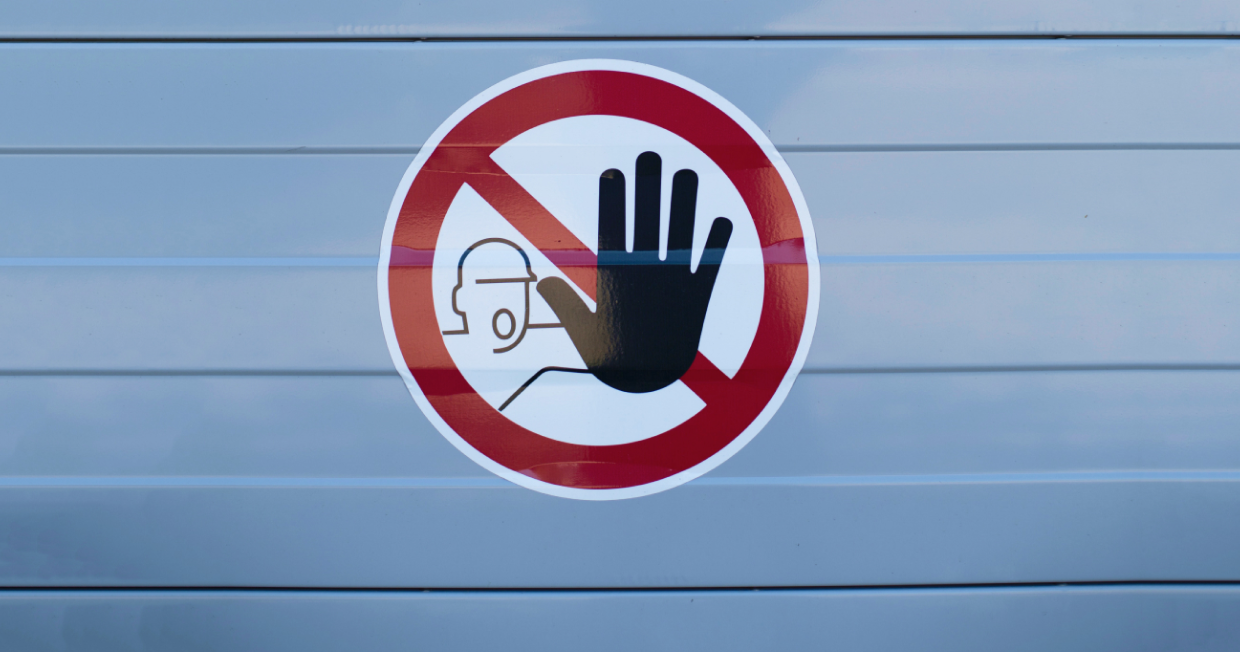
Talks stall, fears rise
Hello! This week we’re focusing on just one news story: the high-stakes diplomatic negotiations between Russia, the United States and the North Atlantic Treaty Organization (NATO) over security guarantees and Ukraine. Apart from growing fears of war, there were no obvious results. Instead, for the first time, investors began to believe war was a real possibility: an interview by Russian Deputy Foreign Minister Sergei Ryabkov on Thursday caused the steepest falls on Russian stock markets since early 2020.
What happened
Negotiations between Russia, the U.S., NATO and the Organization for Security and Cooperation in Europe (OSCE), which took place in both Geneva and Brussels, lasted four days, and set new records for predictability.
- Russia’s three main demands: legally binding guarantees that NATO will not expand further eastward, the withdrawal of U.S. forces from countries that joined the military alliance after 1997 and a commitment not to deploy missile systems in Europe that could pose a threat to Russia. “Ukraine must never, never, ever join NATO,” summarized Ryabkov, Russia’s pointman for the talks.
- As trailed in advance, NATO and the U.S. had no interest in discussing limits on NATO and ‘the 1997 borders’, although they have expressed a willingness to talk about missile deployment. This selectiveness has not met with approval by the Russian side, which is only willing to discuss all these matters as a single issue.
- Ryabkov’s style has been abrasive to the point of rudeness. Ahead of talks, he told state news agency TASS that “NATO needs to clean up its trash and return to the 1997 borders” and promised that Russia “will teach the West the art of negotiating”.
- Inevitably, it was the saber rattling that generated the most headlines during the week. However, there were some positives. For example, NATO offered Russia an agreement on the mutual reopening of missions that were closed last year. Ryabkov described the negotiations with the U.S. as “not without hope”. And let’s not forget that even a year ago, the idea that NATO and the U.S. would sit down with Russia to discuss the world order was all but unthinkable.
Now, Russia is awaiting U.S. ‘counter proposals’. Russian Foreign Minister Sergei Lavrov said Friday that the U.S. and NATO Secretary General Jens Stoltenberg had promised to deliver written proposals this coming week. “The Americans promised that they would try, and we told them they needed to try very hard,” Lavrov said.
Market wobble
At first, neither the ruble nor Russian stock markets reacted to the ups and downs of talks. They ignored sanctions proposed Wednesday by Democrat senator Bob Menendez and supported by the White House. But all this changed Thursday when Ryabkov gave an interview to Tina Kandelaki (deputy director general of state-owned Gazprom Media) on RTVI, a TV channel believed to be connected to state defense corporation Rostec.
Ryabkov didn’t really say anything new in the interview, merely stating that the U.S. had rejected Russia’s proposals, and the talks were stalled. He repeated President Vladimir Putin’s December assertion that — in the event of a complete breakdown of talks — Russia would “follow the advice of its military experts”. But investors took his words as a signal of the failure of negotiations, and stock markets fell the most since early 2020.
- The Moscow Exchange began falling as Ryabkov was speaking, and, by the end of the day, had lost 4 percent. That’s the biggest daily drop since April 2020. When Foreign minister Sergei Lavrov gave a belligerent press-conference Friday, the index dropped a further 2 percent. Over the same two days, the dollar-denominated RTS index was down 8 percent.
- The day after Ryabkov’s interview, the ruble fell 2 percent against the U.S. dollar. And on Friday, the ruble dropped to almost 77 against the greenback, its lowest level since last spring.
- Russia’s bond market also had a rocky ride. The yield on 10-year ruble-denominated government bonds jumped 0.5 percentage points in two days and — for the first time since 2018 — cleared 9 percent. Telegram channel MMI, which specialises in economic issues, attributed the changes to a strategic withdrawal of foreign investors and increased political risk for Russia.
- The premium on Russia credit-default swaps (CDS) — that directly reflect the level of country risk — jumped sharply for the first time since the current geopolitical standoff began in the fall. At the end of last month it reached 135 basis points and on Thursday it shot up to 160 – a rate not seen since the peak of the coronavirus panic in the spring of 2020. More importantly, the trend on the Russian CDS market is running counter to the trends in other emerging markets: in other words, this is all about geopolitical risk exclusive to Russia.
What happens next?
The outcome of the talks was not a surprise — it was never likely that Russia’s proposals would be accepted wholesale by NATO. The key questions are now:
- What genuine concessions is NATO prepared to offer to dissuade Russia from seeking a military conflict?
- What measures might Russia take if it can’t reach an agreement?
Nobody knows Putin’s plans if the talks break down (possibly not even the man himself). In our previous newsletter, we explained why a military operation against Ukraine should not be ruled out despite the Kremlin understanding the severity of the likely Western sanctions imposed as a consequence. However, it’s too early to say that military conflict is inevitable.
We can draw some tentative conclusions from statements made by Russian experts known for their close ties to the Foreign Ministry: these are people who are good at decoding Kremlin signals and may have been briefed about the general direction of policymaking. Strikingly, they all begin from the assumption that Moscow is willing to use force — but nobody is (yet) talking about a full-scale invasion of Ukraine as a realistic option.
- Head of the Moscow Carnegie Center Dmitry Trenin wrote about possible compromise scenarios in an article Thursday. Trenin highlighted Putin’s words in December that he needs “at least some kind of legally-binding agreement” – i.e., not necessarily NATO members signing up to implausible Russian demands. This “some kind of”, according to Trenin, could be: i) a commitment not to deploy U.S. or NATO bases in Ukraine; ii) restrictions on weapons the West might sell to Kyiv; iii) restrictions on NATO exercises near Russia’s European borders as a condition for Russia withdrawing forces from the Ukrainian border; iv) an agreement to withdraw missile defense systems from Poland and Romania; v) a moratorium (perhaps for 10 years) on new countries joining NATO. In other words, Trenin was suggesting that Russia’s call to restore NATO’s pre-1997 borders could be a bargaining chip, enabling Moscow to show a willingness to compromise.
- If Russia cannot achieve its aims via diplomacy, then it will use force, Trenin writes. He suggests such measures could range from “the continued application of military pressure and the deployment of new weapons systems… to much closer interaction with ally Belarus and closer coordination with China”.
- Fyodor Lukoyanov (head of the Council on Defense and Foreign Policy that organizes Putin’s famous Valdai Club meetings) noted Wednesday that the current conflict is “a change of historical milestones” that should prompt all sides to “unshackle the imagination”. In an interview two days later, he explained what this could mean — for example, a political declaration approved by Russia and the West abolishing the 1990 Charter of Paris (a political — not legally binding — document that affirms the right of every European country to determine its own security, including membership of military alliances). “However, we are still infinitely far from this and I’m afraid that to clear everyone’s minds sufficiently will take a couple of serious shows of force similar to those that happened twice last year.”
- Andrei Kortunov, the head of another think tank close to the government (the Russian Council for International Affairs) was less radical in his comments. He suggested Friday that, if Russia agrees its proposals can be considered separately, negotiations could unfold as follows: i) a deal on “some kind of buffer zone” and a “special regime for conducting military exercises” applying to both sides in border regions; ii) restoring lines of communication within the Russia-NATO council and other joint bodies; iii) talks about new arms control agreements that would preclude any eastward advance of NATO’s military infrastructure.
None of the Russian experts considered close to the Kremlin are seriously anticipating a full-blown invasion of Ukraine — at least not publicly. They all agree that Russia’s unrealistic demands and military threats are an attempt to force the West to start a meaningful dialog over security in Europe (a goal that Russia has actually already achieved), as well as to win new concessions. In the end, though, nobody knows Putin’s plans, and it appears like major decisions will likely be taken after an official response from the U.S. and NATO.
Why the world should care
No matter how cunning Putin’s plan, the current crisis — at least in terms of the rhetoric and level of military threat — is the most serious to face Europe since the end of the Soviet Union. This coming week will show the extent to which Russia is actually prepared for a negotiation process — and how far it is willing to push its ‘military-political’ agenda.



